Autism sensory strategies
I feel so many things going on inside my body at once, it’s hard to make sense of it all.
What is sensory processing?
We use our senses all the time, usually without consciously realising it. The senses we normally use as part of daily life include sight (visual), auditory (hearing), tactile (touch), olfactory (smell) and gustatory (taste).
In addition to these five external senses, there are three internal senses, including:
- Vestibular – a sense of a centre of gravity.
- Proprioception – the body’s position in space and strength of physical responses.
- Interoception – internal body awareness.
Normally, our brain processes these senses automatically and we might only become aware of them when one of them is heightened. For example, if we have a really tasty meal or we’re not coping in extremely hot weather.
The way we experience sensory input – like the weather or feeling pain – is experienced differently by everyone, and for many on the spectrum, it can be significantly different.
For some people they can be oversensitive (sometimes called hypersensitive) to certain stimuli, like noise, light, clothing or temperature. Or they can be undersensitive and not notice cold or taste, but they can be oversensitive to noise. A person may be both oversensitive and undersensitive to different stimuli.
Other people on the spectrum have no major issues with sensory processing.
These reactions are all part of individuality – everyone with autism is different. If you have a child with autism you may notice which senses are over or under sensitive, then you can learn how to help your child manage their feelings or reactions.
People with autism can also find it hard to filter out less important sensory information, this is referred to as sensory modulation. They can feel overwhelmed by too much information. ‘Sensory overload’ can even include eye contact, which is why some people on the spectrum don’t like to make or hold eye contact with others.
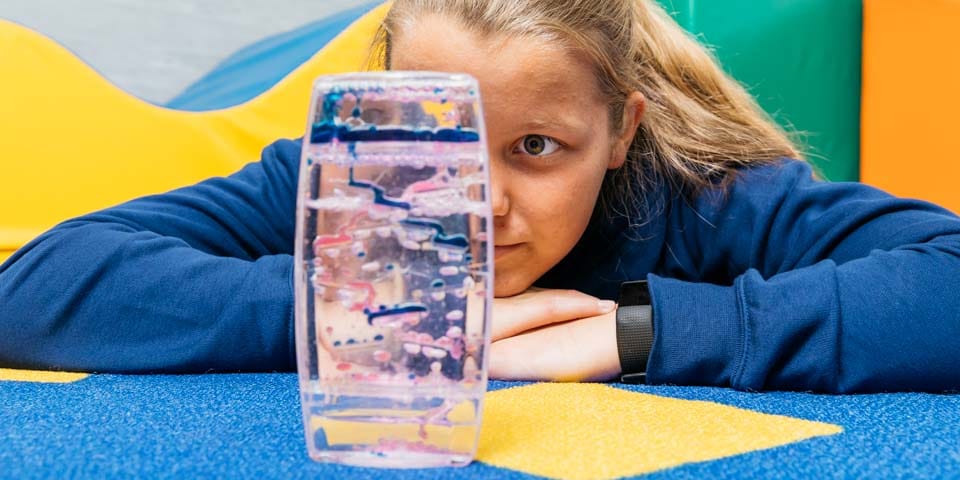
How autism can impact our senses
Just like autism itself, the ways that our senses are affected or experienced is complicated. There is no single way that people, with or without autism experience any sense.
Sensory aspects of life for a person with autism can affect those around them, like their family or loved one.
For example, if a child is oversensitive to noise, it can limit where their family can go or the kinds of activities they can do. And commonly, hypersensitivity around food can have a big impact on the diet of a person with autism.
People on the spectrum may have differences in sensory function with:
- regulating sensory information
- hyposensitivity – being undersensitive
- hypersensitivity – being oversensitive
- inconsistencies – their levels of hyposensitivity or hypersensitivity can fluctuate.
My son is incredibly sensitive to pain. The slightest bump or scrape can send him into a full meltdown.
Signs of sensory differences
- Auditory (hearing): noise sensitivities eg, a person will cover their ears in a noisy environment.
- Tactile (touch): a person might enjoy the feel of sand running through their fingers, or dislike the feel of a clothing tag on their back.
- Visual (sight): a person might like to spend a lot of time watching a spinning object or one that flashes colour.
- Visual/auditory: a person might seek out dark, quieter places or prefer bright colours.
- Olfactory (taste): a person might avoid or refuse some foods and seek out other foods.
- Vestibular: a person might like spinning or swinging at the playground, or climbing.
- Proprioception (physical responses): a person might like heavy blankets on their bed or just prefer a sheet regardless of the weather.
- Interoception (body awareness): a person may not notice if they need to go to the toilet, that their heart is racing, or that they are hungry. Or they may notice these things very intensely.
Differences in sensory processing can create anxiety in some people with autism, which may lead to unexpected behaviours or behaviours of concern.
Keep in mind that if you don’t have autism, you may not notice sensory features that are upsetting to children or adults with autism.
Sounds that create little or no discomfort for you might seem painfully loud to someone on the spectrum. Bright or flickering lights might cause agitation or anxiety. Even a gentle touch might feel unpleasant, causing the person to flinch.
Some well known people on the spectrum have shared their experiences about sensory difficulties, like Dr Temple Grandin. This helps others learn more about sensory sensitivities and the impact it has on their lives. It also helps people support those on the spectrum in useful ways. You can watch a video of Temple Grandin here.
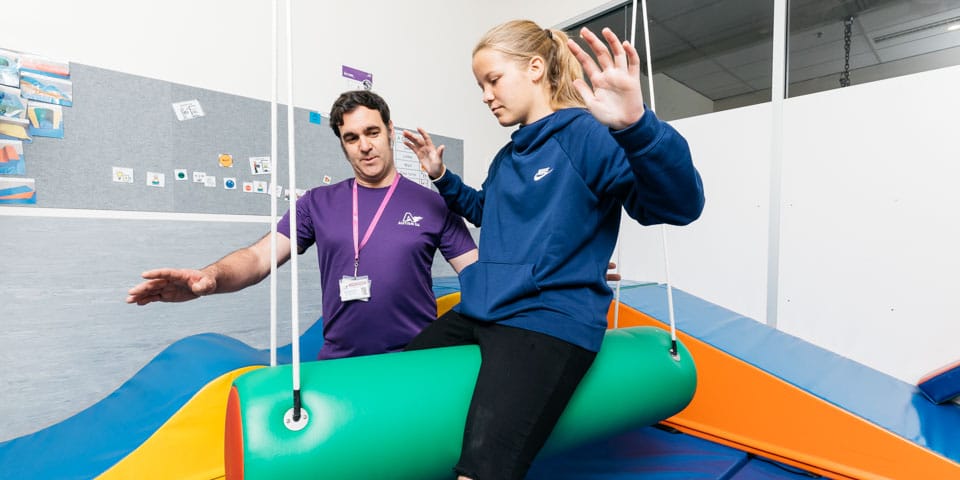
What is interoception?
Interoception, or body awareness, is sometimes described as the eighth sense.
Examples of everyday experiences of body awareness are noticing things like needing to go to the toilet, that your mouth is dry or that your heart is racing, or noticing that your muscles are aching or that you have hunger pains. Some people on the spectrum don’t notice some or many of these sensations. Others may notice them very intensely.
Body awareness can also give us clues about our emotions, like whether we feel anxious, upset or frightened.
Difficulties with interoception can affect many aspects of life, like toileting, sleep, identifying or explaining symptoms when sick, healthy eating, experiencing pain, staying focused or dealing with stress or emotions.
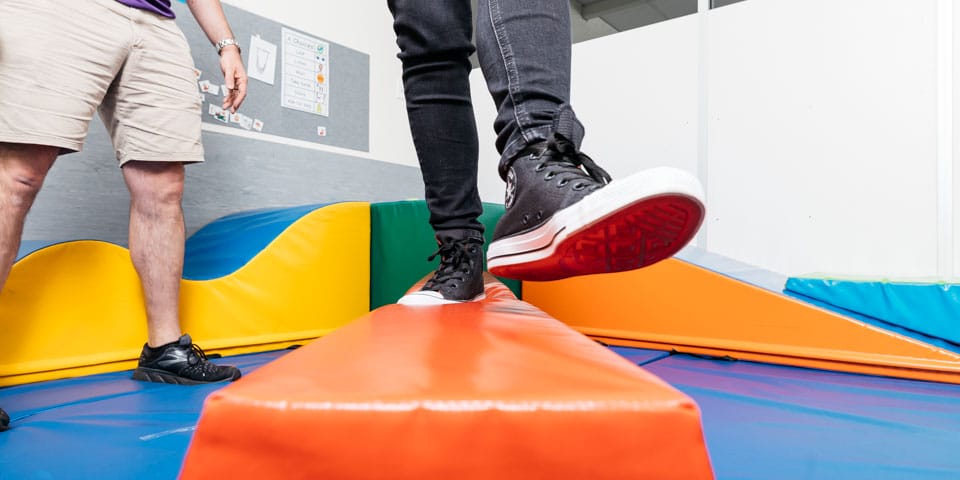
What is synaesthesia?
Another condition experienced by some people on the spectrum is synaesthesia. This means an experience goes in through one sensory channel and out through another, so a person might hear a sound but experience it as a colour. In other words, they will ‘hear’ the colour yellow. The experience of having synaesthesia is different for everyone.
37 is a lumpy number, a bit like porridge. Six is very small and dark and cold, and whenever I was little trying to understand what sadness is I would imagine myself inside a number six and having that experience of cold and darkness. Similarly, number four is a shy number.
Research conducted by the Autism Research Centre at Cambridge University lead by Simon Baron Cohen, identified that adults with autism experienced synaesthesia almost three times greater than in the general population.
Many people that experience synaesthesia may not be aware that they their experiences of processing sensory information is so different then a person who does not until later in life.
For some people it can contribute to making everyday life feeling confusing or frightening. Others state that it provides great beauty, and can contribute their heightened skills in memory to synaesthesia. Daniel Tennent has the extraordinary ability to remember and recall 22,514 decimals of pi.
“What my brain was doing was inventing a meaning, like a story,” Tammet said. “What I did was make a poem or a novel out of pi, and took those colours and those emotions and used them to perceive patterns, or at least to perceive patterns in my mind that were memorable, that were meaningful to me.”
Strategies for living with sensory differences
I don’t feel that I am getting upset until I am really, really upset. By then, it’s too late. I can’t control it.
If you or your loved one is living with autism, gather information first – observe and try to identify patterns of sensory differences. Once we understand a person’s sensory processing differences there are a range of tools and strategies that we can use to support their needs including things like happy books or stimulation toys, or earplugs/sunglasses.
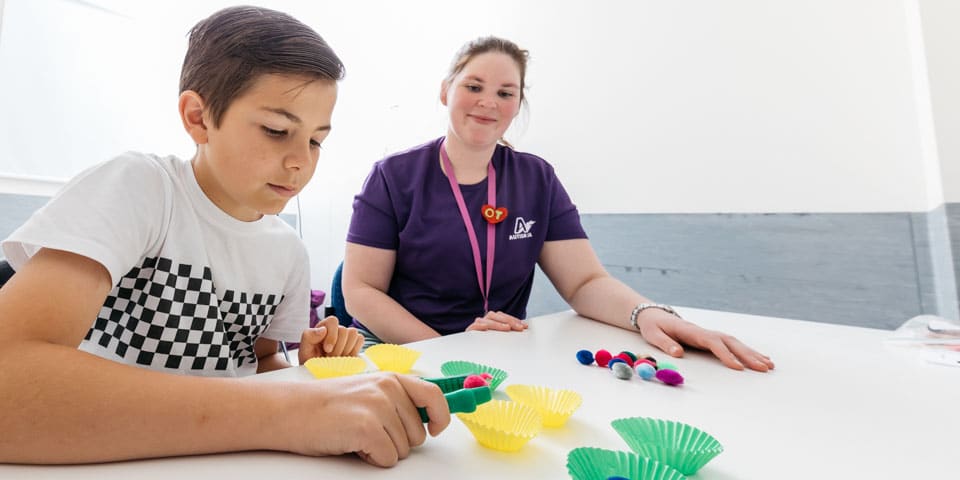
It is important to remember that everyone’s sensory needs will be different. Working with an Occupational Therapist can help to identify a person’s sensory differences and can then make recommendations on tools, techniques and therapy that can support.
If you or your child easily become overwhelmed by sensory stimulation (eg. loud noises, bright lights, crowds), you can try the following:
- create a ‘quiet space’ to go to for calming down
- allow extra time to process instructions or conversation
- visit new places at quiet times, gradually increasing the length of time spent in the new environment
- try ear plugs or noise-cancelling headphones to help with sound sensitivities
- arrange ‘calm’ days to counteract busy days to reduce social or sensory anxiety.
If you or your loved one needs more stimulation from the environment, try these ideas:
- arrange for extra time outside or keep busy doing physical activities you enjoy
- use toys that are extra-stimulating, like playdough, a squishy ball or a spinning gadget
- listen to music, bounce on the trampoline or go for a walk at a certain time of day
- if your loved one on the spectrum tends to ignore sounds, speak loudly in an exaggerated way or stay close by.
People with difficulties experiencing or noticing bodily awareness may be able to learn more interoception skills.
Specific activities can help people to notice a change in some aspect of their internal self, like their bladder/bowel feeling, muscular system, breathing, temperature, pulse or touch.
My son walked around on a broken leg for two days without a single sign of pain. It wasn’t until I noticed the swelling and bruising that I realised he had a serious injury.
Not noticing pain is one aspect of sensory processing. A person on the spectrum might not notice when objects are too hot, or when they have a cut or blister – or they may not be able to explain a discomfort.
If your child has autism, here are some ways to help them develop a sense of pain:
- Tell them which objects are hot and cold, try labelling objects in your house as ‘hot’ or ‘cold’, using either words or symbols, like fire and ice.
- Make sure dangerous objects are out of reach or covered (like a hot stovetop after use).
- Talk with your health professional – they follow cues like facial expressions or actions to know whether a child is experiencing pain, so it’s important for them to know if a child expresses pain in an unusual way.
I don’t always feel the need to use the bathroom. When I was in high school I used to go all day without drinking a single drop of water so I didn’t have an accident in front of my friends.
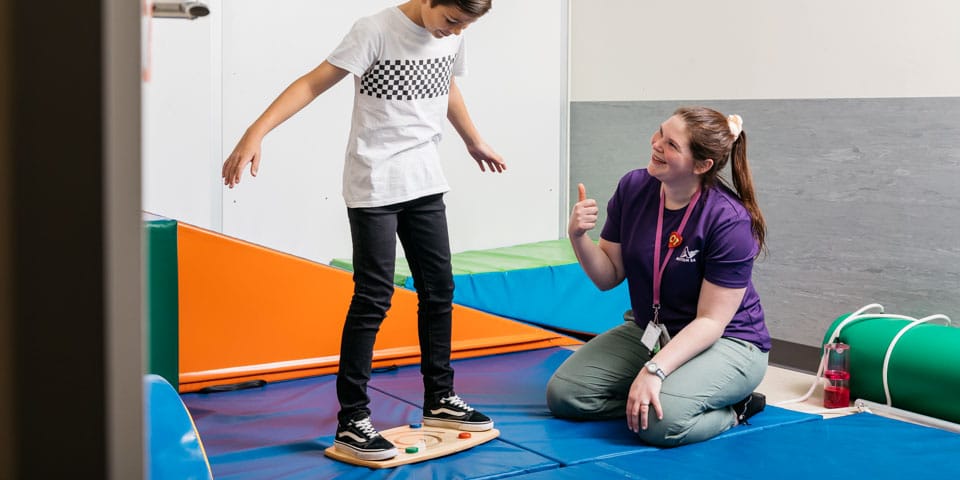
Ways to help with sensory issues
Occupational therapists (OTs) can help people on the spectrum to better manage their environments. This might include coping with sensory sensitivities, learning continence training (how to use the bathroom), staying on task, and developing motor coordination and balance.
Other professionals including dietitians and speech therapists can also assist to help people on the spectrum who have taste, textural and smell sensitivities that affect eating or swallowing.
Get a sight test to make sure there is not an underlying visual problem. If your child with autism ignores sounds and/or people talking, you could get their hearing checked. Many optometrists conduct hearing tests during a vision test appointment.
If you or your loved one on the spectrum is experiencing difficulties managing aggressive or concerning behaviours, a good first step is talking with a paediatrician, behaviour practitioner or psychologist. Unexpected or concerning behaviour, such as kicking, hitting, biting, throwing objects or hurting themselves, can sometimes be caused by sensory processing difficulties (eg. overload).
To find out more about these behaviours and how to live with them visit our autism behavioural strategies page.



